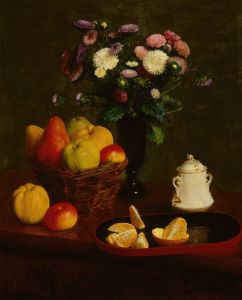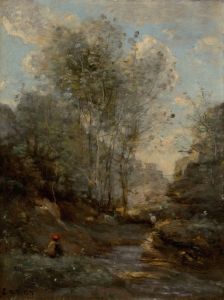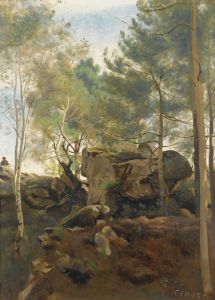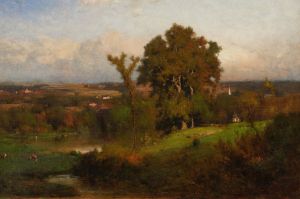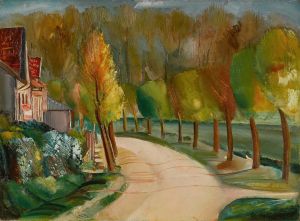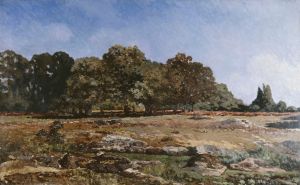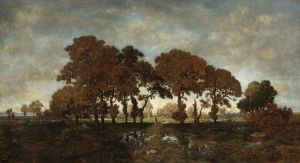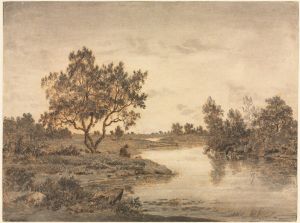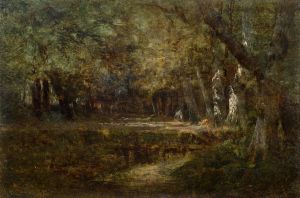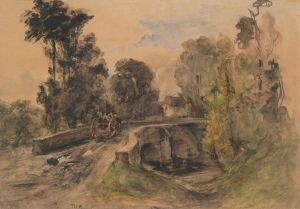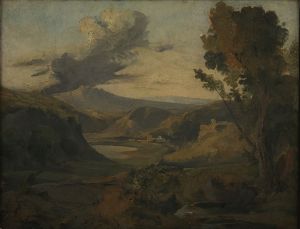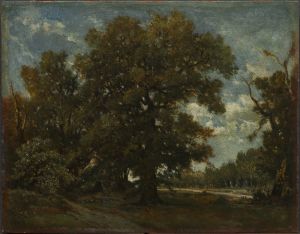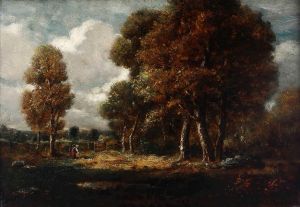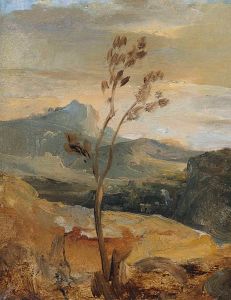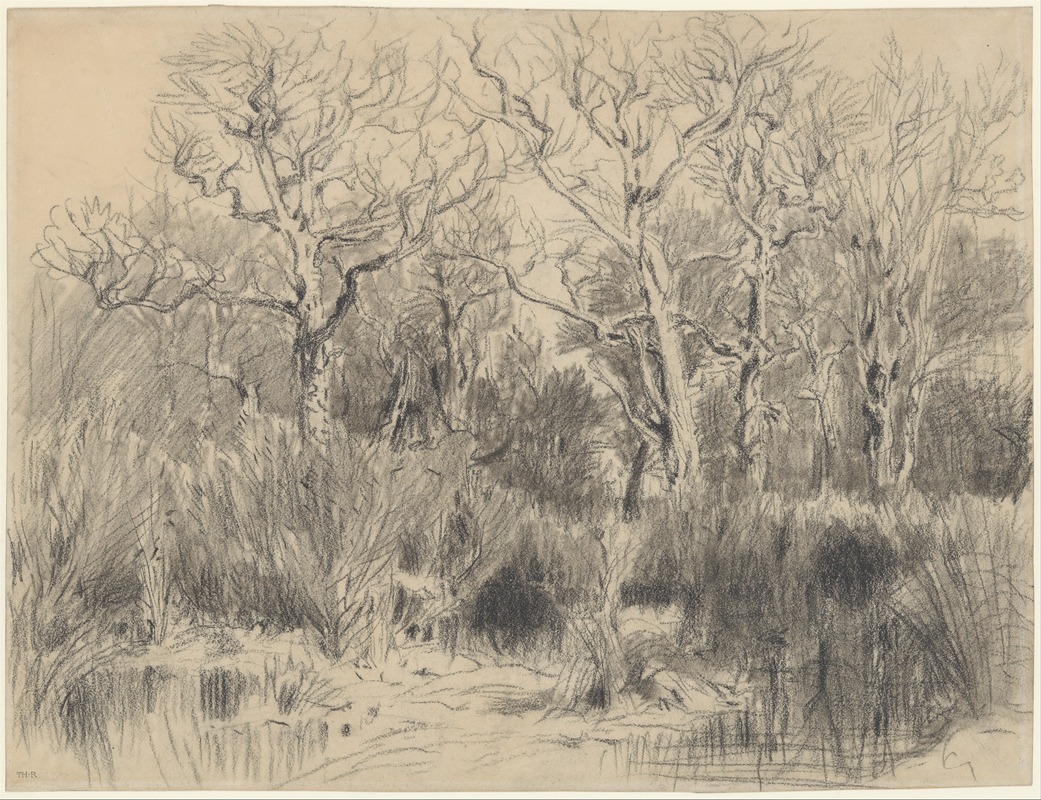
Trees in a Thicket
A hand-painted replica of Théodore Rousseau’s masterpiece Trees in a Thicket, meticulously crafted by professional artists to capture the true essence of the original. Each piece is created with museum-quality canvas and rare mineral pigments, carefully painted by experienced artists with delicate brushstrokes and rich, layered colors to perfectly recreate the texture of the original artwork. Unlike machine-printed reproductions, this hand-painted version brings the painting to life, infused with the artist’s emotions and skill in every stroke. Whether for personal collection or home decoration, it instantly elevates the artistic atmosphere of any space.
"Trees in a Thicket" is a painting by the French artist Théodore Rousseau, a prominent figure in the Barbizon School, which was a movement towards realism in art during the mid-19th century. Rousseau was known for his detailed and atmospheric landscapes, often depicting the French countryside with a sense of naturalism and emotional depth.
The painting "Trees in a Thicket" exemplifies Rousseau's dedication to capturing the essence of nature. It is believed to have been created around the mid-19th century, during a period when Rousseau was deeply immersed in the landscapes of the Fontainebleau Forest, a frequent subject of his work. The Barbizon School, named after the village of Barbizon near the forest, was characterized by its members' preference for painting en plein air (outdoors) to directly observe and render the natural environment.
In "Trees in a Thicket," Rousseau employs a meticulous technique to depict a dense cluster of trees, showcasing his ability to render the intricate details of foliage and the play of light and shadow. The composition is marked by a rich palette of greens and browns, which conveys the lushness and depth of the forest interior. The painting captures the tranquility and timelessness of the natural world, a common theme in Rousseau's work.
Rousseau's approach to landscape painting was revolutionary for his time. He moved away from the idealized and often romanticized depictions of nature that were prevalent in earlier periods, instead opting for a more realistic and unembellished portrayal. This shift was part of a broader movement in art towards realism, which sought to represent subjects truthfully and without artificiality.
The artist's dedication to his craft and his innovative techniques earned him recognition and respect among his contemporaries. However, Rousseau's career was not without its struggles. He faced significant challenges in gaining acceptance within the official art establishment of his time. Despite these obstacles, his work eventually gained acclaim, and he became a leading figure in the Barbizon School.
"Trees in a Thicket" is a testament to Rousseau's skill and his deep connection to the natural world. The painting reflects his ability to convey the serene beauty and complexity of the forest, inviting viewers to appreciate the subtleties of the landscape. Today, Rousseau's works are celebrated for their contribution to the development of landscape painting and their influence on subsequent generations of artists.
The painting is housed in the collection of the Louvre Museum in Paris, where it continues to be admired by art enthusiasts and scholars alike. Rousseau's legacy endures through his masterful depictions of nature, which remain a source of inspiration and admiration.





